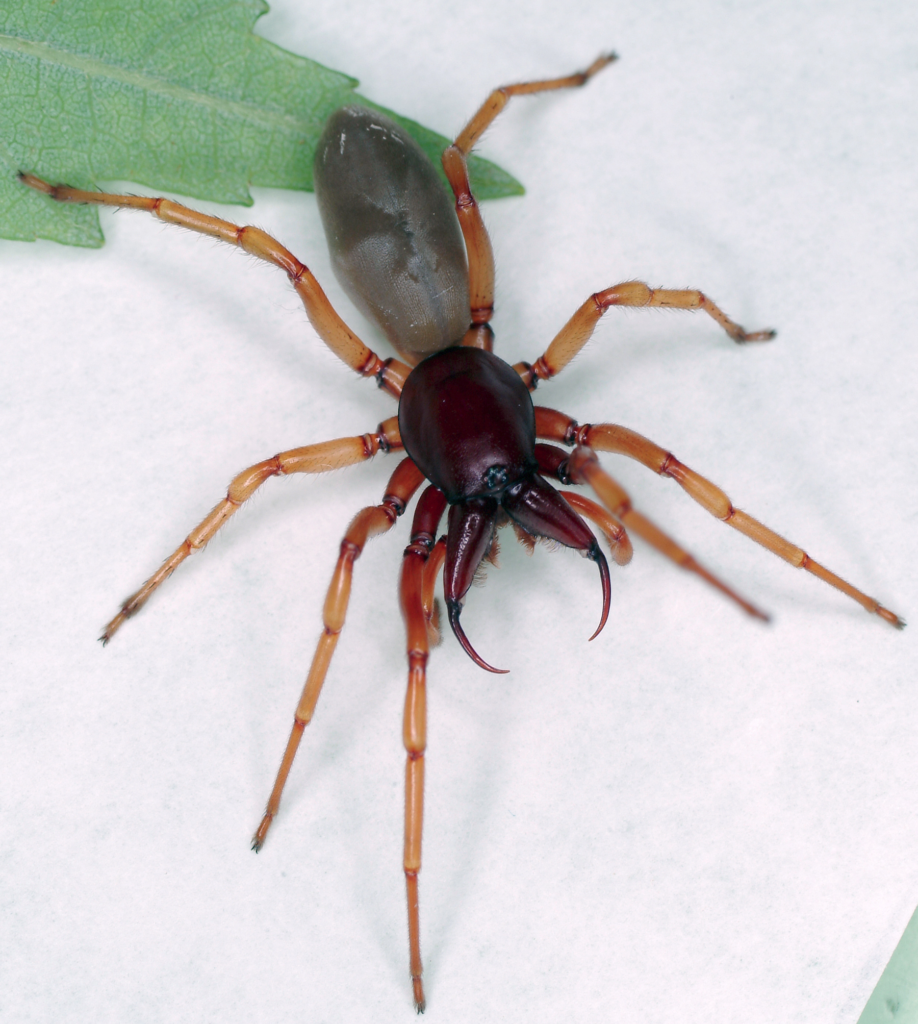Chances are pretty darned good that the answer to the title’s question is “No.” After all, the Cambridge Dictionary says a poison is “a substance that can make people or animals ill or kill them if they eat or drink it” [emphasis added], while the Oxford Dictionary is a bit more explicit: “a substance that causes death or harm if it gets into the body” [emphasis added].
What may be poisonous, though, is venom (rattlesnake or otherwise) which, according to the Oxford Dictionary is “the poisonous liquid that some snakes, spiders, etc. produce when they bite or sting you.”
So, basically, a rattlesnake is not a poison; in fact, “rattlesnake” can be found on exotic meat menus, and, barring any open wounds in or around your mouth, you can drink rattlesnake venom without ill effect. Or so I’ve read. This definitely falls into the “DO NOT TRY THIS AT HOME!” and “I AM SPECIFICALLY NOT RECOMMENDING THIS!” categories.
Thus, while the snakes shown below are not poisonous, they are highly venomous!

OTOH, the venom shown being collected in the next photo is most assuredly poisonous when injected into most mammals!

So what does this mean for spiders and some stinging insects? Well, first off, it means that most simply aren’t poisonous. Insofar as I know, you can eat any spider whatsoever without fear of poisoning. (And here, I must repeat my “I AM SPECIFICALLY NOT RECOMMENDING THIS!” caveat.)
“Venomous,” though is a different matter.
As of this writing, there are 48,974 recognized species of spiders in 128 families* 👇. Among these, only one family, the Uloboridae–comprising only 287 species (0.6%of that almost 49K)–does not produce venom. All the rest do, and it’s safe to assume that probably more than that remaining 99.4% of all the spiders you’ve ever noticed do produce venom.

Why produce a toxin at all? Well, it serves spiders the same way that venom serves dangerous snakes: It is used mostly to subdue prey, though it may be used for defense when necessary.
Thus, when people ask me “Is this spider `poisonous?'” I have to point out that almost all spiders are venomous, but more importantly, almost none dangerously so (and none poisonous).
In fact, only a tiny handful of the 48,687 venomous species known are known to be capable of causing serious issues in humans** 👇! Furthermore, many (most?) spiders are just so small that they cannot deliver venom to humans, their fangs being unable to penetrate human skin.
In fact, while I have no idea what spider has the smallest fangs in proportion to its body, I do know that Scytodes atlacoya, the spitting spider I find so interesting, has a carapace (the head-thorax part) generally ca. 3-4mm (ca. 3 pennies thickness) wide: Their fangs are only ca. 0.1mm long, or about the thickness of 2 sheets of paper–not much of a threat!

(The photo is inverted–she was hanging upside down.)
On the other hand, the dysderid spider below illustrates sort of the opposite ratio: you can really see the fangs on this beauty! This common species lives in leaf litter and duff, where they feed on woodlice, the critters sometimes called “sowbugs” or “pillbugs.” It uses those disproportionately large fangs to penetrate their armored plates. (But fear not: They’re only ca. a centimeter long, and not aggressive.)

(This slightly cropped photo by Joseph Berger, Bugwood.org is used under
Creative Commons License)
So the long and short (ha!) of it is: Most critters aren’t poisonous (some are, though–e.g. several species of puffer fish are deadly poisonous to eat!). OTOH, almost all spiders are venomous, but it’s unlikely that one would bite you anyway. Furthermore, if you do somehow provoke a spider into biting you, it’s extremely unlikely to be one of those few species whose venom can actually cause a problem in humans. So, honestly: Don’t sweat it–far more Americans are killed by horses every year than by spiders!
*👆 Per the authoritative World Spider Catalog
**👆 Of course, as with any bites or stings, some individuals may have allergic reactions to the proteins in spider venom.
